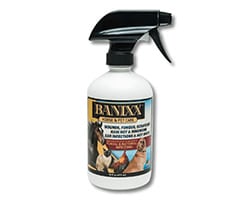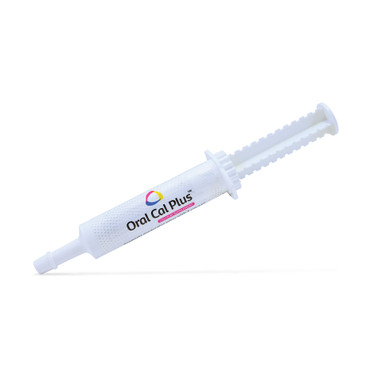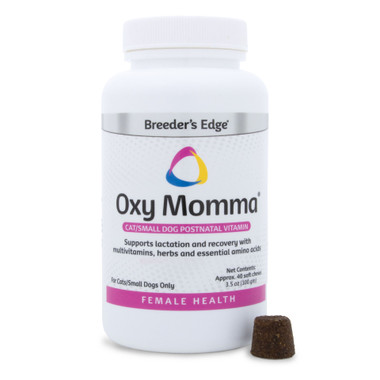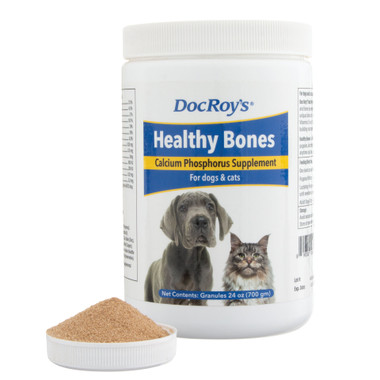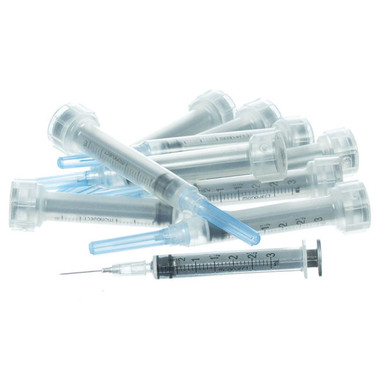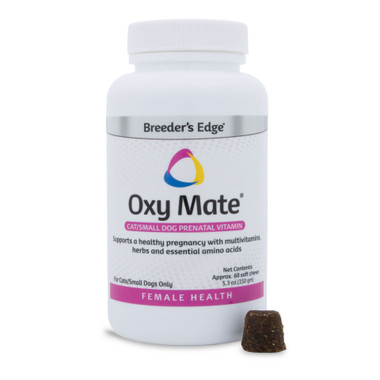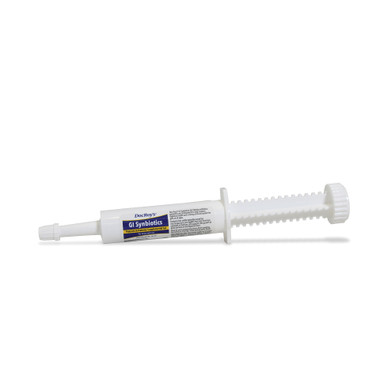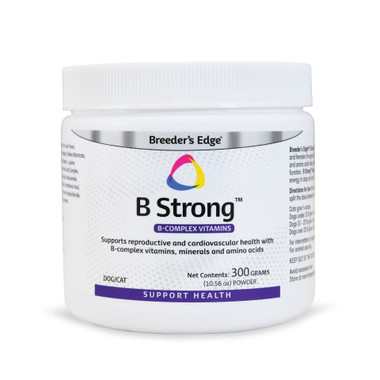Anhidrosis in horses: Is beer the solution?
Estimated 0 min read
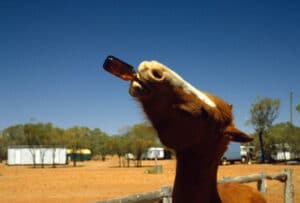
Beer for Anhidrosis?
“Anhidrosis” (also known as Dry Coat Syndrome) is the technical name for a condition that prevents horses from sweating properly.
This disease is mostly a problem in hot, humid climates, and symptoms usually occur during the hottest months of the year. During the cooler months of the year, the condition tends to resolve.
Anhidrosis sometimes occurs in performance athletes like Thoroughbreds, who experience some trouble acclimatizing to heat and humidity during race season.Thus, a Northern performance horse might experience anhidrosis when it goes to Florida or other Gulf Coast states to compete.Butstudies have shown that other breeds and long-time inhabitants of hot climates can also be affected. Age, coat color, and breed do not predispose a horse to this condition.
In more temperate climates, and during cooler times of the year, cases are uncommon.
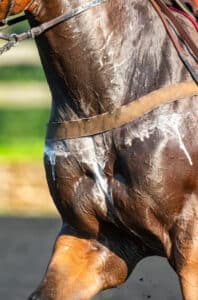
Horse sweating
What happens to a horse with anhidrosis?
A horse’s sweat glands moderate body temperature, excrete waste products, lubricate the skin and regulate salt and water balance.As a result, when a horse can’t sweat, itcan causeexercise intolerance andskinproblems, and in extreme cases, collapse and death.
Anhidrosis might affect horses in different ways. For instance, some completely stop sweating. Some may be anhidrotic over most of their bodies but retain the ability to sweat under the mane, saddle and halter.Whileothers simply reduce the amount they sweat without stopping entirely.
What are thesymptoms of anhidrosis in horses?
If your horse is exhibiting any of the following signs, he may be experiencing anhidrosis:
- Body temperature over 105 degrees Fahrenheit after exercise
- Rapid, labored or “puffy” breathing with little or no sweating and flared nostrils
- No sweating at all when you can tell he should be sweating
- Increased heart rate
- Lethargy and intolerance for exercise
- Poor performance
- Dry, flaky, itchy skin, particularly in the forehead
- Areas of hair loss
- Reduced appetite
- Decreased thirst
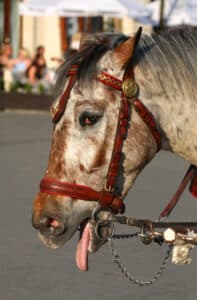
Overheated horse
What causesanhidrosis in horses?
The exact cause of this condition isn’t known for sure.However, most experts believe it’s a disorder of the endocrine system, in which certain sweat gland receptors are over-stimulated. This would mean the sweat glands are non-responsive when a horse is in a hot, humid environment.
Others think it could be an electrolyte imbalance, or possibly related to drugs such as antihistamines and macrolide antibiotics.
How is anhidrosis diagnosed?
A veterinarian usually bases a diagnosis ona horse’s history. After workouts, a horse with anhidrosis will repeatedly exhibit sustained elevated temperatures, increased respiratory rates or exercise intolerance.
In addition, the vetcan inject dilutions of terbutaline to stimulate the sweat glands.Normal horses sweat in response to these injections, usually within 15–20 minutes. No sweating may pinpoint a diagnosis of anhidrosis.Even more, the vetcan do blood work that includes an electrolyte analysis.
My horse has anhidrosis. What should I do?
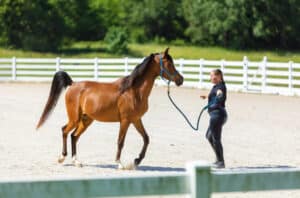
Adjust your horse’s exercise schedule
The most commontreatment for anhidrosis in horsesis simple: Temperature management. Here are some ideas:
- Move the horse to a cooler climate.This may not be an option for you –butit’s an obvious way to help alleviate anhidrosis. If this isn’t possible, an air conditioned environment can make a huge difference.
- Give him daily supplements with electrolytes.Your vet can help you choose a good electrolyte supplement to propel your horse out of an anhidrotic state. It should contain sodium, chloride, potassium and magnesium.
- Other supplement ideas.Some horses have been helped byOmega-3 fatty acids and antioxidants combined with nutrients like arginine and Vitamins B3, B6 and B1.
- Keep the horse cool.Make sure she has access to shade during daytime. Use fans to keep air moving in stalls or sheds. Air conditioning is a good solution if it’s available. And in extreme heat, use a water mister.
- Let the horse out at night.Cooler temperatures really help, and there’s more air movement at night. Anhidrosis rarely occurs when temperatures get below 70 degrees Fahrenheit.
- Keep your horse hydrated.Cool, fresh water should be available and accessible at all times.Moreover, it might be a good idea to dampen the coat with water before exercising.
- Adjust your exercise times.Early morning or late evening are cooler and may make a difference.
- Adjust your race schedule.If your horse is an athlete, try to stay away from heavy training or competition during the summer months. Anhidrotic horses will do much better during the cooler winter months.
- Be aggressive about cooling your horse down after exercising.Repeatedly splash water on the neck, legs, and body to bring down body temperature. Watch carefully for any sign of heat distress. If it looks like heat stroke, wash the horse with cool water and rub it with isopropyl alcohol until the vet gets there. In this emergency situation, don’t hesitate to take immediate action!
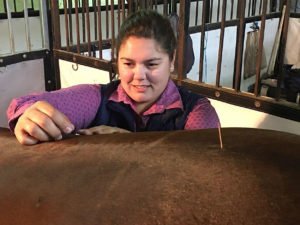
Horse receiving acupuncture
What about acupuncture to treat anhidrosis?
Some horse owners swear by acupuncture as a treatment that helps horses combat anhidrosis. For a great case study,see this article by Karen Chapman, a licensed veterinary technician, who helped a horse using acupuncture.
In clinical trials, treated horses were given four acupuncture treatments every week and four weeks of herbal medication, while control horses received sham acupuncture and hay powder. The studies showed that acupuncture had some effectiveness compared to placebos, but the effectiveness wore off after the acupuncture treatments were discontinued (after four weeks).
If you decide to try acupuncture, start in springtime and go throughout the hot summer months. It’s not sure-fire, but some horses may benefit.For more information you can read our article using acupuncture as part of your horse’s wellness campaign.
What was that you said aboutbeer for anhidrosis in horses?
Yes, some people do believe in giving theirhorses with anhidrosis beeras a treatment! The idea is that beer contains yeast and B vitamins, which are vital for the correct functioning of metabolic pathways.
Whiledark beer has been a traditional treatment for anhidrosis, research doesn’t confirm that it helps the horse to sweat.However, some people swear that a can of Guinness does the trick! You never know – your horse may love it!
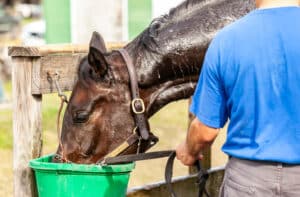
Give your horse plenty of fluid
Will my horse ever get over anhidrosis?
Anhidrosis usually occurs when a horse is exposed to hot, humid weather. With good management (see above), your horse can do fine. By changing to a cooler temperature, most affected horses respond well in a few days to weeks. A complete return to normal sweating may take up to 3–4 months in some horses.
Unfortunately, experts believe that horses with a history of anhidrosis will become anhidrotic again whenever they’re exposed to hot, humid conditions. Your horse will always have to be managed appropriately to avoid heat stroke and respiratory distress.
Butthere are effective ways to treat the symptoms, prevent the worst outcomes, and ensure your horse is comfortable.
Good luck with your horse, and pass the pitcher!
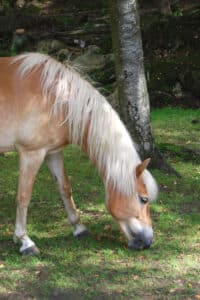
Give your horse plenty of access to shade too
Banixx for horse lovers
At Banixx, we love horses as much as you do! We are committed to doing what we can to ensure your horse is healthy and comfortable. From skin infections to scratches, hoof rot and other issues, Banixx products are fast-acting, affordable and most important, EFFECTIVE in the recovery of every kind of bacterial and fungal infection.
In addition, we love to WRITE about horses! Check ourhorse blogfor expert advice on every aspect of horse care.Just for example:Taking care ofsummer sores, usingacupunctureortackling serious ailments likestrangles. Your horse’s health is our priority, and we’re here to support you every step of the way.
Sources
https://www.platinumperformance.com/articles/dont-sweat-it.html?j=1149668&sfmc_sub=220017113&l=11_HTML&u=16965108&mid=110007888&jb=515&sfmc_id=220017113&sfmc_sk=0036R00003on5XOQAY&utm_id=4c626d41-808c-4fee-9b88-209666e2a1a1&sfmc_activityid=fae01a3e-5ccf-4863-be14-5b7b70a30aaa
https://ker.com/equinews/anhidrosis-horses-and-electrolyte-therapy/
https://pubmed.ncbi.nlm.nih.gov/6359664/
https://www.sciencedirect.com/topics/pharmacology-toxicology-and-pharmaceutical-science/anhidrosis
https://www.petmd.com/horse/conditions/skin/c_hr_anhidrosis
https://thehorse.com/136585/a-beer-for-our-horses/
https://equimanagement.com/research-medical/treating-equine-anhidrosis-with-acupuncture/
https://vetmed-extension.sites.medinfo.ufl.edu/files/2013/05/Healthy-Horses-2013-Presentations.pdf



